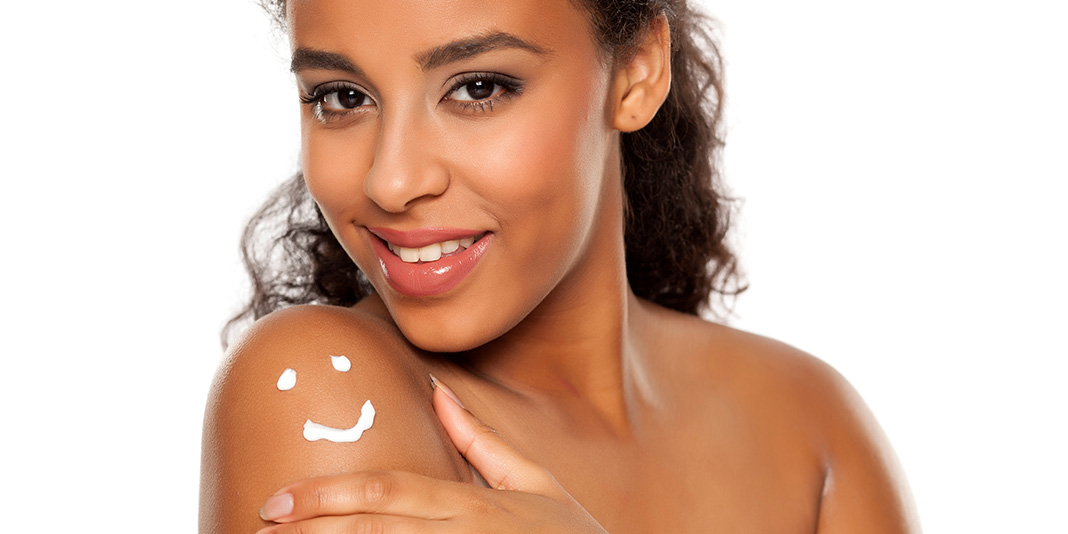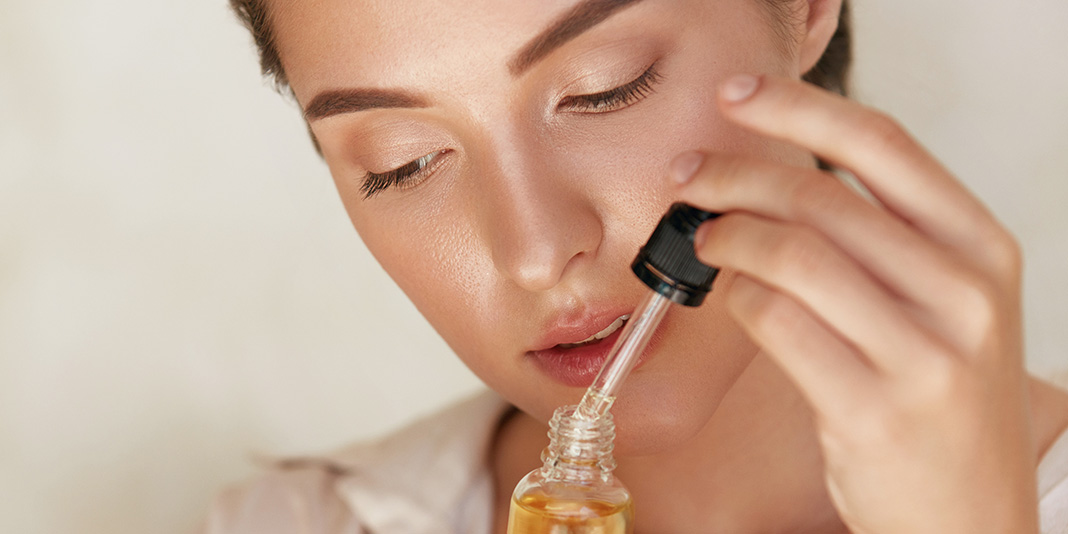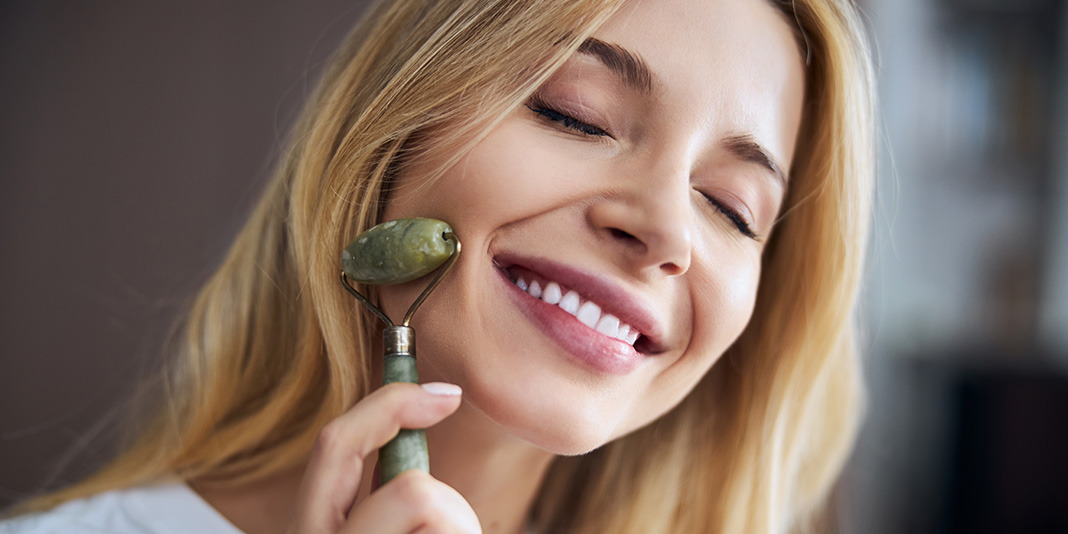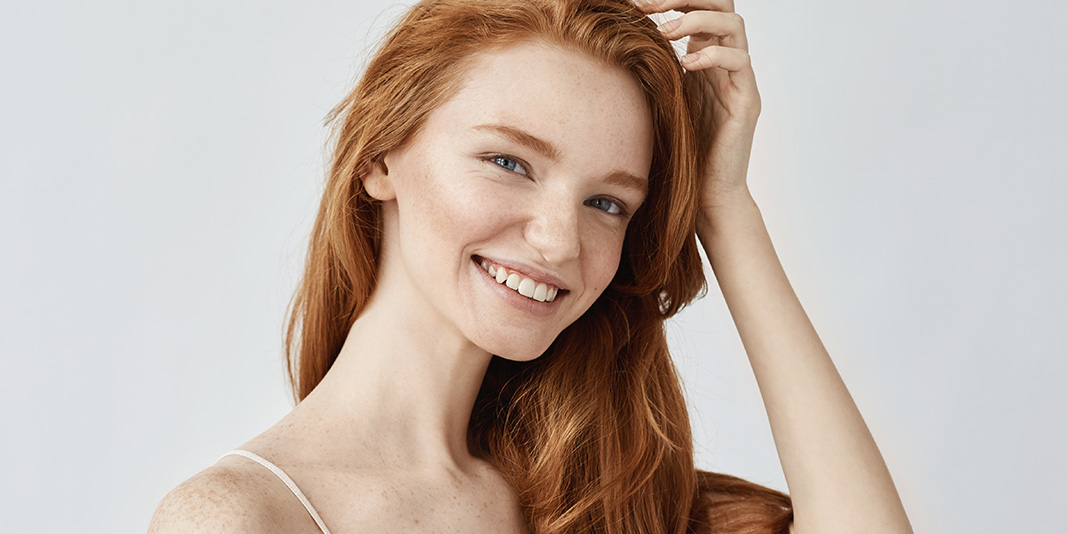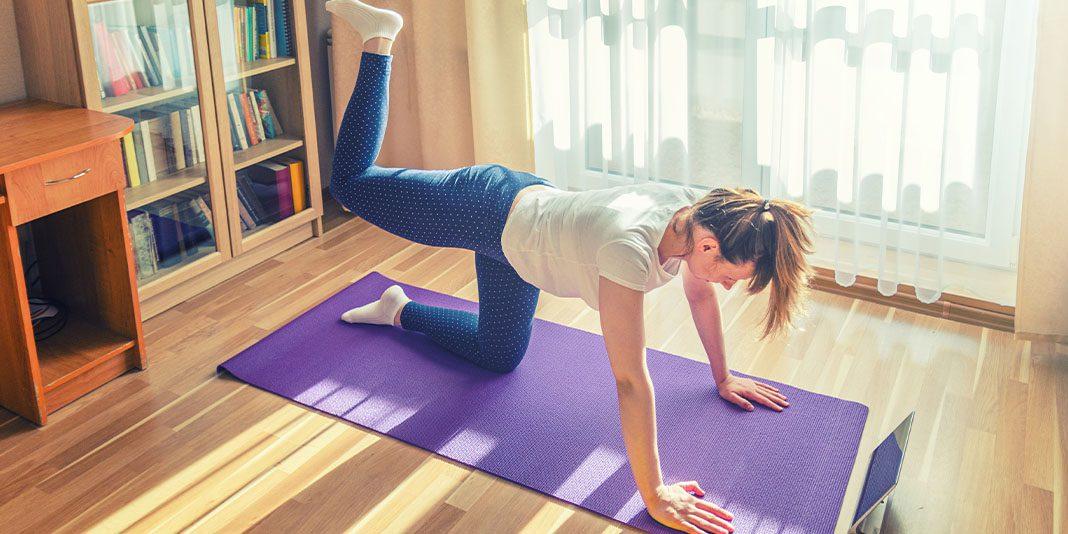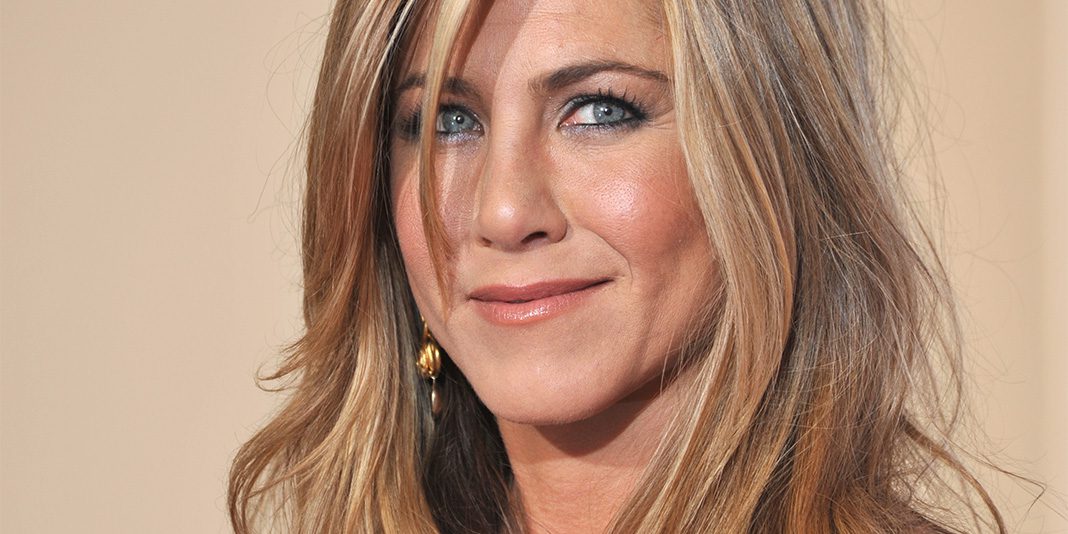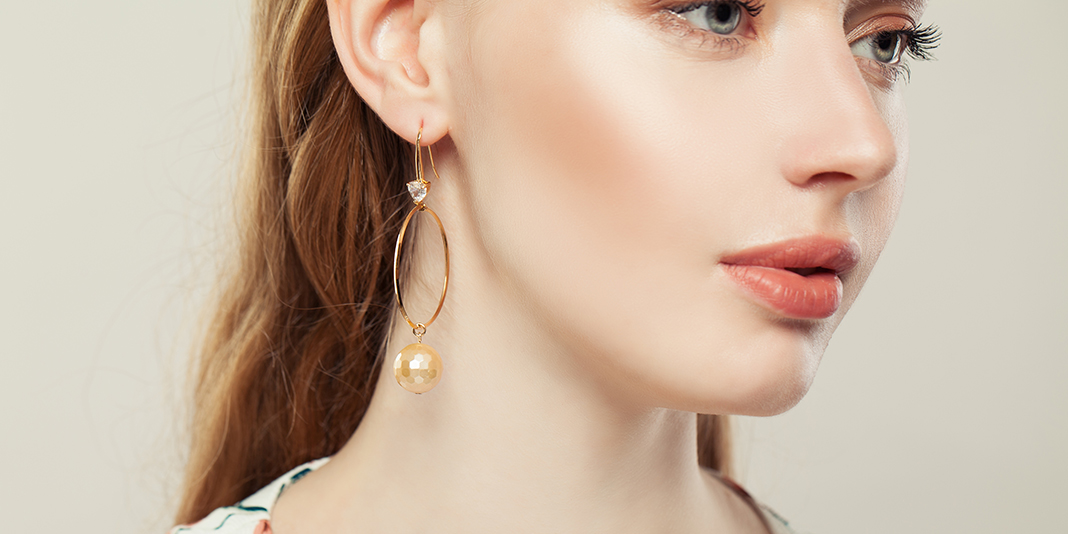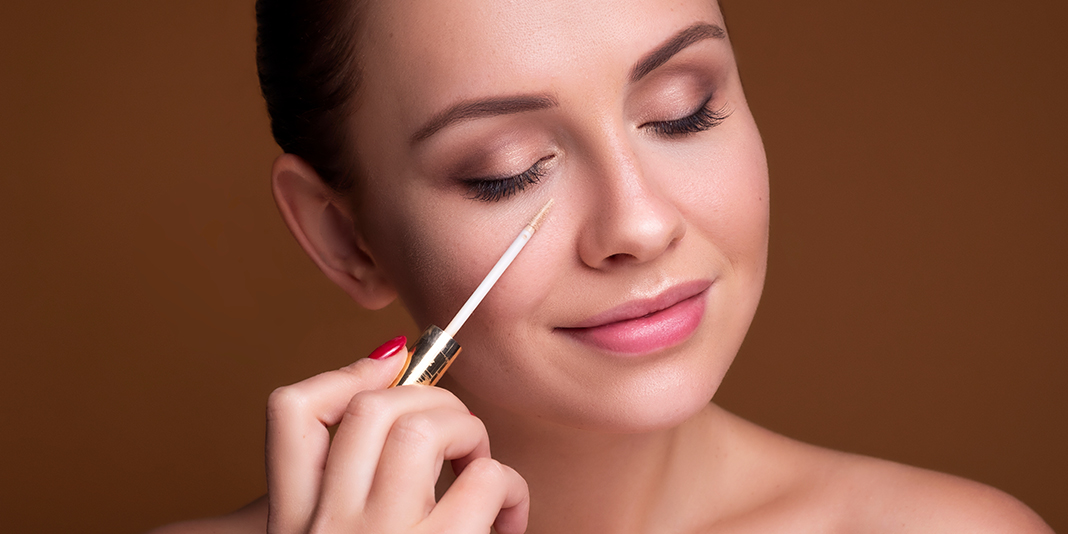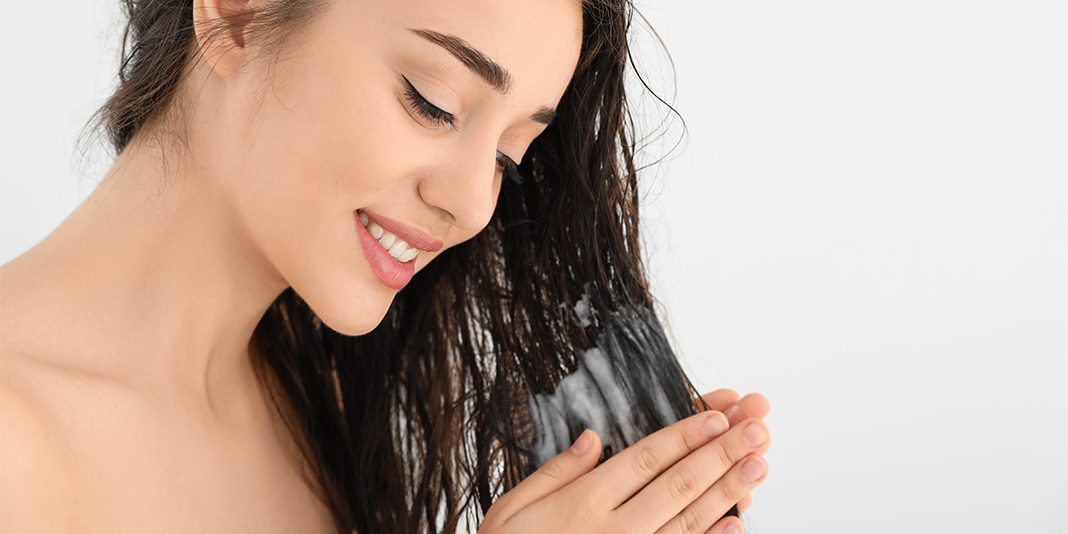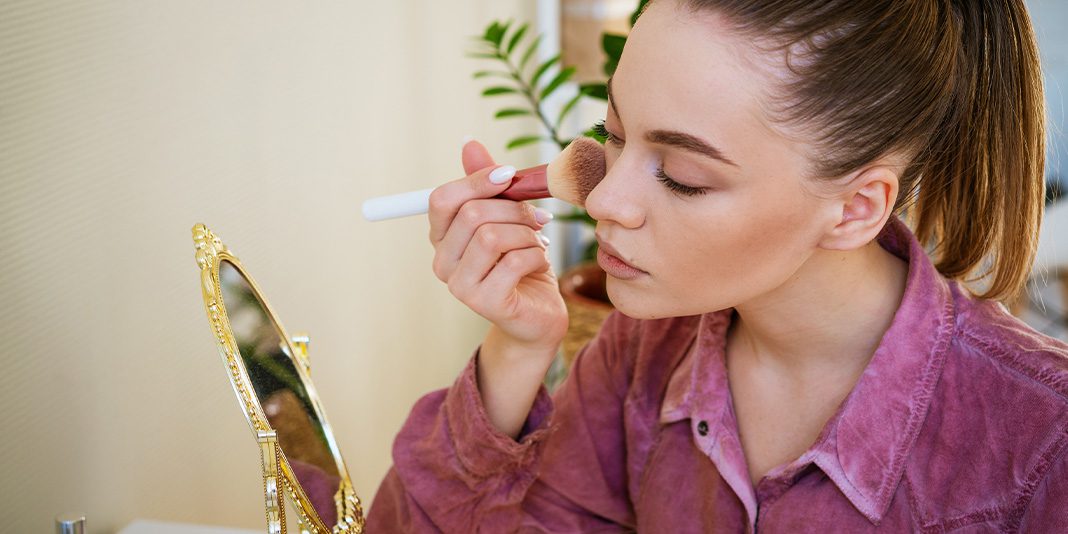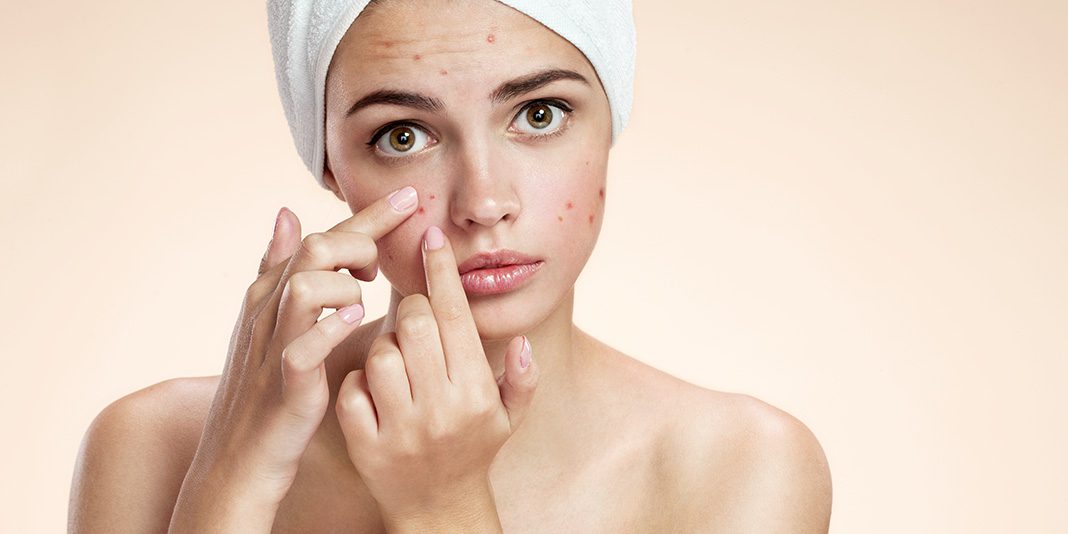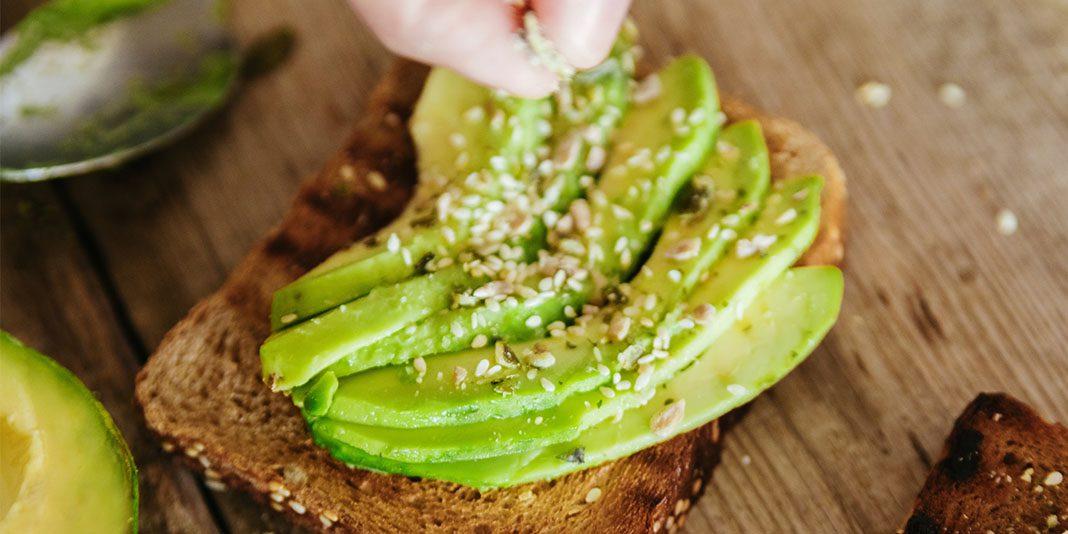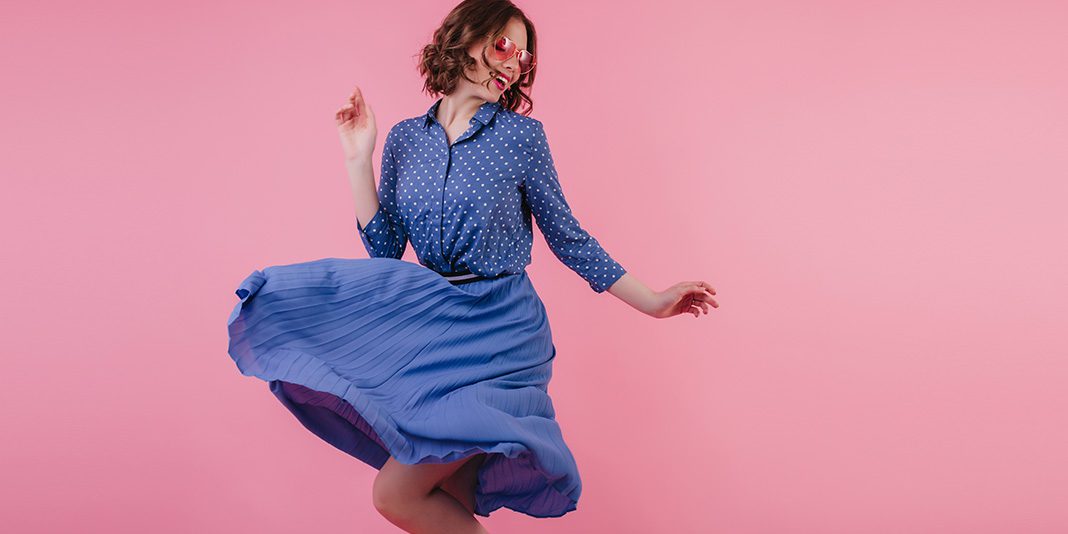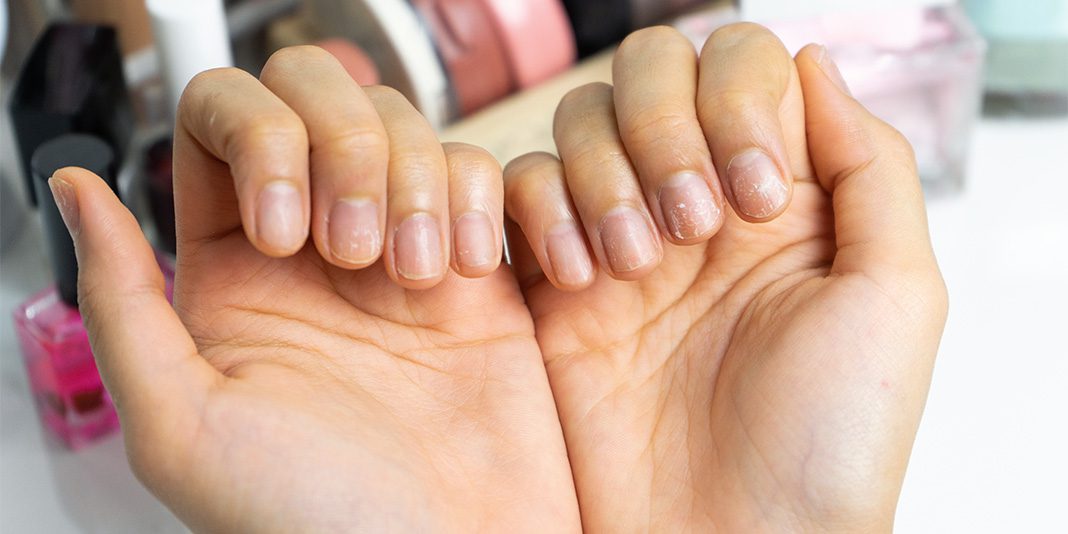You’re scrolling through online dating profiles when suddenly LanceBicepTX’s rugged good looks catch your eye. You know you should go for the cute, wholesome SettleDowner32, but nope, too late, you’ve gone and messaged Lance.
Little do we know, whether we’re browsing profile pics or scanning faces in a crowd, we are looking for the same qualities our ancestors sought before the Internet found “the one” for us.
QUIZ: How Symmetric Are You? Find Out.
Now computers do the heavy lifting. By 2004, there were already over 800 online dating sites, each one claiming to know what you should be looking for in your perfect partner. Match.com uses the Myers-Briggs personality test, eHarmony.com uses the Big Five personality traits.
But back in caveman times, when fire was considered high-tech, we relied on symmetry. A potential mate’s facial symmetry helped us decode health, history, and even the strength of their genes (early sexting, if you will!).
GALLERY: Face Symmetry of Celebrities
Symmetry is Sexy
On a perfectly symmetric human face, you could draw a vertical line down the center of the face and both sides would look identical. You could flip either side to replace the other and no one would notice the difference.
“Beer Goggles” and Symmetry
If you’re wondering how a potent martini can turn a not-so-hot date into a catch, science knows. Alcohol lowers our ability to detect symmetry, so that we interpret asymmetrical faces to be more symmetrical (and thus more attractive) than they really are. Symmetry-blindness may be to blame for those hook-ups that don’t look so good in a less forgiving light.
“Studies show that perfectly symmetrical faces are typically rated more attractive than faces with low symmetry,” says Viren Swami, Ph.D., Reader in Psychology at the University of Westminster and YouBeauty Attraction Expert. We even prefer symmetry in familiar faces, like our friends’ and our own faces.
QUIZ: Are You Satisfied With Your Face?
Still, everyday asymmetry isn’t a deal-breaker. “Within normal bounds, the degree of asymmetry is less important,” says Swami. For most people, symmetry plays a very small role in making our hearts beat faster.
The ‘Good Genes’ Theory
We care about symmetry and find it attractive because it’s essential for survival.
When a lioness takes off after a straggling gazelle, her legs move in perfect synchrony (a feat you can appreciate if you’ve ever run a three-legged race!). The symmetry in her movement can be traced all the way down to her core—to symmetries in the network of nerve cells that spurs her movement.
Human symmetry is an equally synchronized system.“Left-right symmetry in growing embryos requires very close control on each side to keep them in sync,” says Ian Stewart, Ph.D., emeritus professor of mathematics at the University of Warwick and author of “Why Beauty Is Truth.” As we develop, all sorts of stressors try to mess up the process—illness, toxins and even emotional trauma. Adults with a higher degree of symmetry have shown a stronger resistance to the stressors they faced in the womb and during early childhood. “Symmetry isn’t inherent in the growth process: it shows close control of development,” says Stewart.
Essentially, symmetry signals good genes and healthy development. “It’s an advertisement of biological quality,” says Tony Little, Ph.D., Royal Society Research Fellow in Psychology at the University of Sterling. It helps us make sure we get the cream of the crop when we decide to dip into the gene pool.But testing your symmetry is no substitute for a physical. “Symmetry can’t tell you anything about someone’s current health,” says Swami. “It tells you how healthy they were when they were young, as they were developing.”
That said, symmetry might matter more in environments with more illness and less access to quality healthcare.
In one study, Little showed people pictures of either neutral images or contagious illness (snotty handkerchiefs and other such pleasantries). When people were reminded of illness, their preference for symmetry increased.What’s more, people living in hunter-gatherer tribes in Africa (populations that have not been reached by modern medical advances) find symmetry even more attractive than people in the U.K. “In a harsher environment, genetic health might be more important,” Little suggests. “We seem to have a residual symmetry preference that gets ramped up when we see cues to ill health.”
In other words, modern medicine might be making symmetry more and more obsolete.
Fertile Women Prefer Symmetry
Once a month, your cycle hits a sweet spot (otherwise known as ovulation) when you get the hots for symmetry.
Austrian researchers demonstrated this effect by asking women to smell a series of t-shirts saturated with male sweat (torture in the name of science?). The smells that fertile women found sexy were—surprise!—those emitted by symmetric men.
THE STUDY, EXPLAINED: Fertile Women Can Smell Attractive Men
While a super-symmetric man might make a great baby daddy, that doesn’t mean you should walk down the aisle with him. According to some studies, symmetric men have more sexual partners, and stray outside their relationships more often. Not only are they more likely to have affairs, they’re also more likely to be the “other man” when women have affairs.
Of course, trends don’t tell you anything about an individual, so findings like this are no reason to start spying on your ultra-symmetric sweetheart.
It Matters Less in the Long Haul
Surprisingly, we’re less likely to prefer symmetry in a husband and more likely to swoon for a symmetrical one-night stand.Studies show that women with more symmetric partners report having more frequent orgasms (meaning they’re more likely to conceive) and women with more asymmetric partners are more likely to fantasize about having sex with someone else. “It’s a slightly depressing notion,” says Little. “But essentially there seems to be a female adaptation to settle down with a pleasant, asymmetric person but get good genes from the rock-star types who are difficult to pin down for the long-term—to have your cake and eat it too.”
MORE: What Makes a Beautiful Face
That sounds a little un-PC today, but if you think back to caveman times, when women needed both the best genes and a committed partner to ensure her baby’s survival, it makes a lot of sense.
Today, with all of our medical advances, women probably have more incentive to go for a committed man with good-enough genes (and a great profile on the Myers-Briggs).
No One is Perfectly Symmetric
We may idealize a perfectly symmetric face, but that ideal doesn’t really exist.“No human face is perfectly symmetric,” says Little. “We all have asymmetries.” Some even make us more beautiful. “Genuine smiles are naturally asymmetric,” explains Little. When you feel truly happy, the right hemisphere of your brain lights up, causing the left side of your face to smile a bit more than the right. “A symmetrical smile looks fake, so it’s actually less attractive.”
The rules of attraction come with all kinds of stressors, but symmetry shouldn’t be one of them.“In the real world, symmetry doesn’t really matter,” says Swami. “It may matter a little bit if you rate someone purely for physical attractiveness. But for relationship initiation, it probably doesn’t matter a great deal.”
In fact, in the real world, it’s hard to see whether someone is symmetric or not. Studies show that we’re actually poor judges of minor differences in symmetry. We can identify perfect symmetry and low symmetry, but rarely recognize differences within the normal range.
MORE: Hair and Makeup Tips for Facial Symmetry
Plus, savvy styling works wonders. “People do all kinds of things with their hair, earrings and makeup that might make them look more symmetrical,” Swami says. “Decisions we make in real life are much more complicated.” Your symmetry won’t make or break your love life.
The bottom line: Facial symmetry matters a lot for healthy development, a little for beauty and hardly at all for happily ever after.

